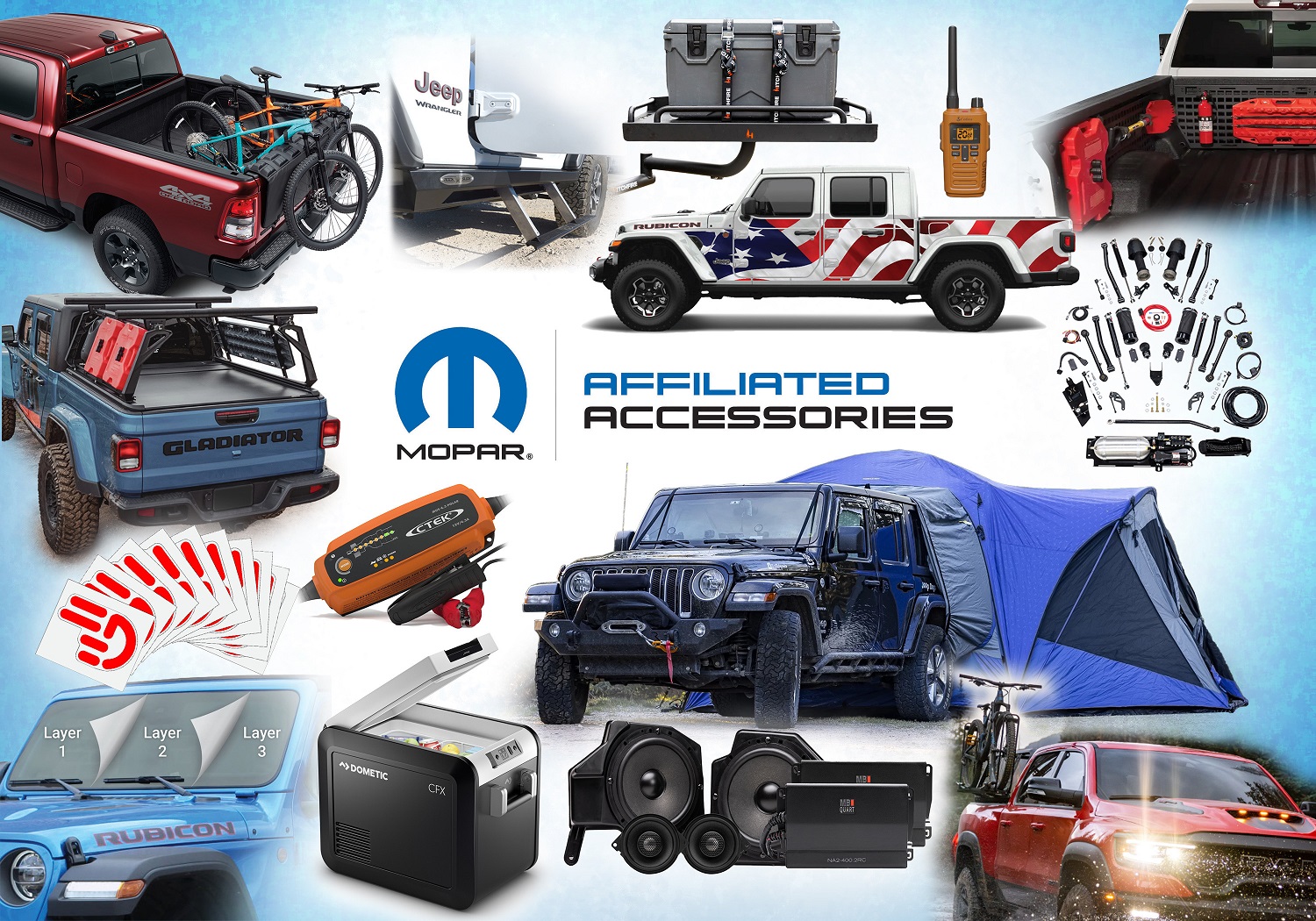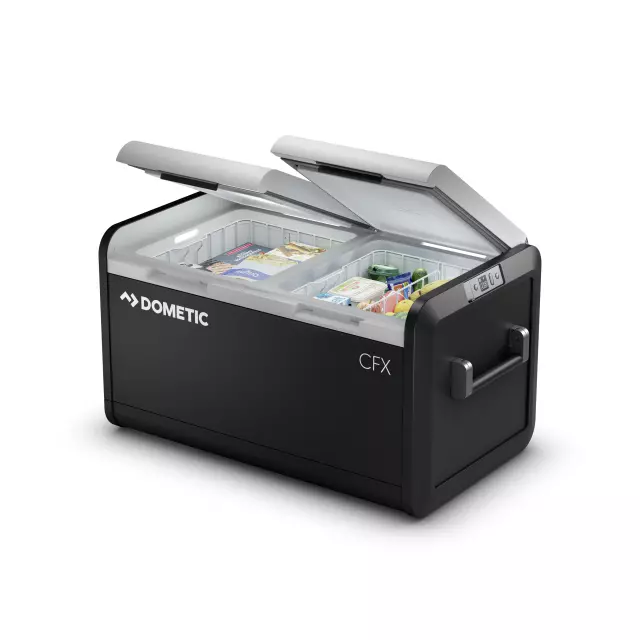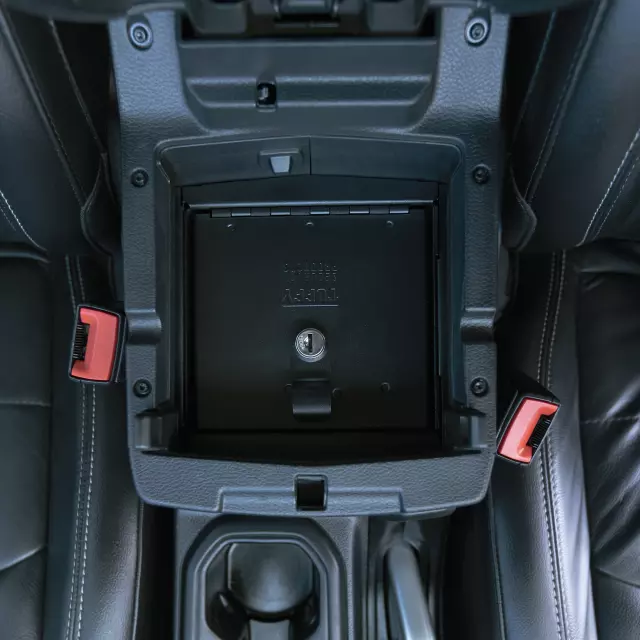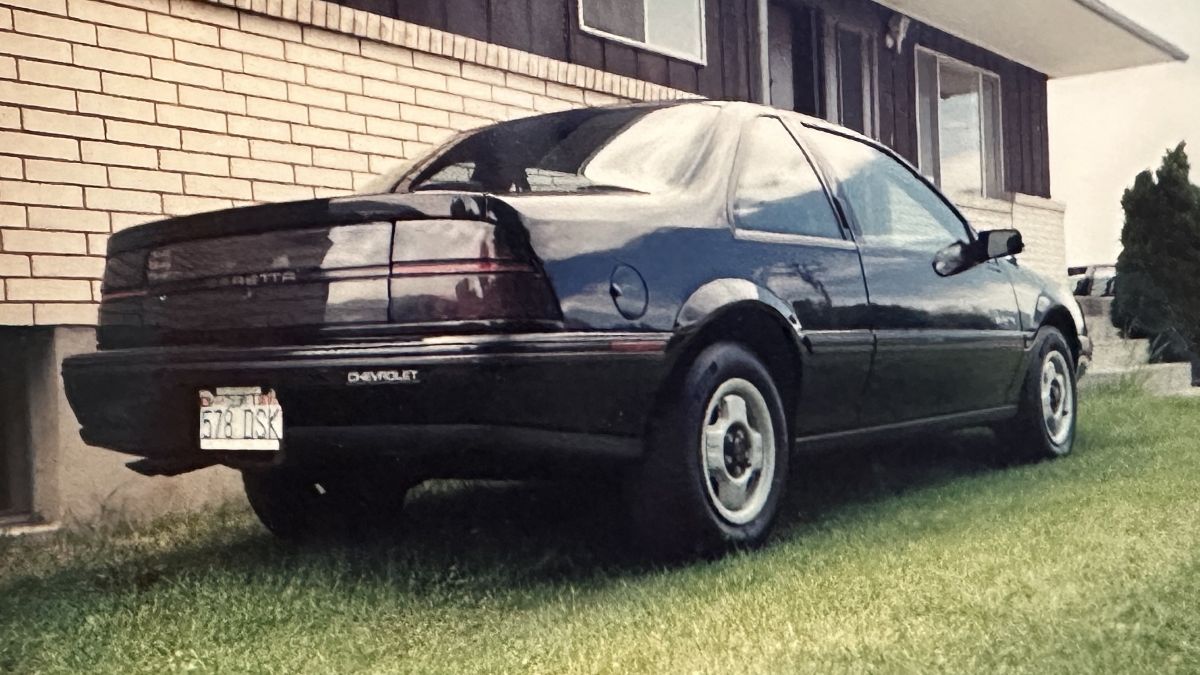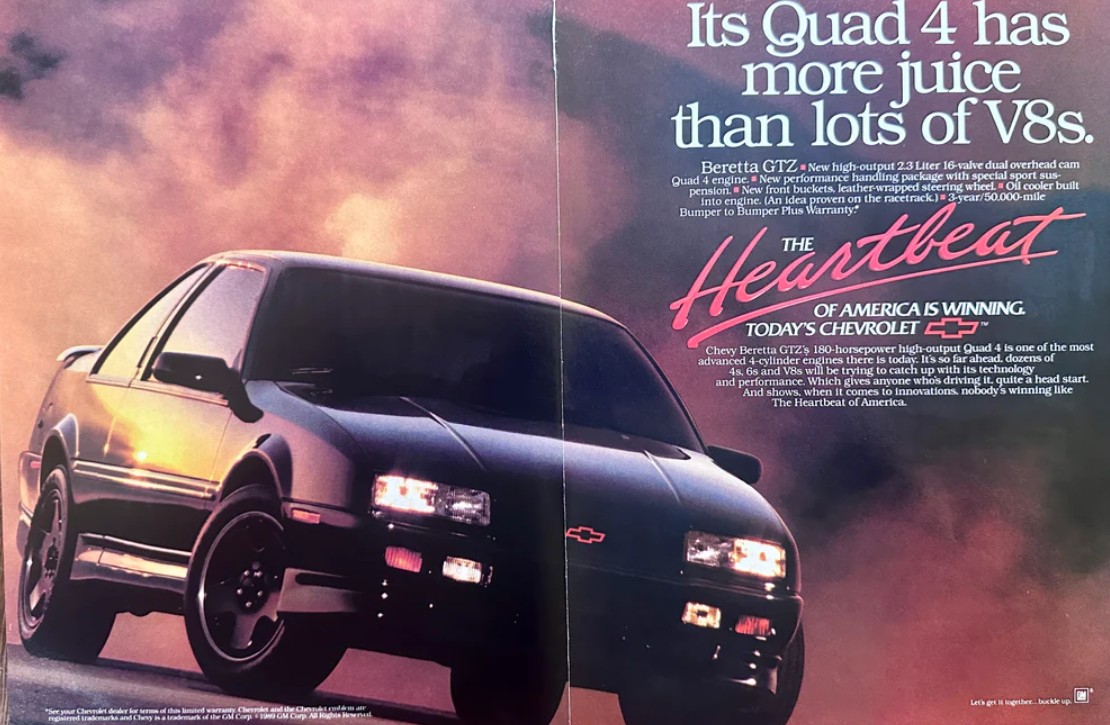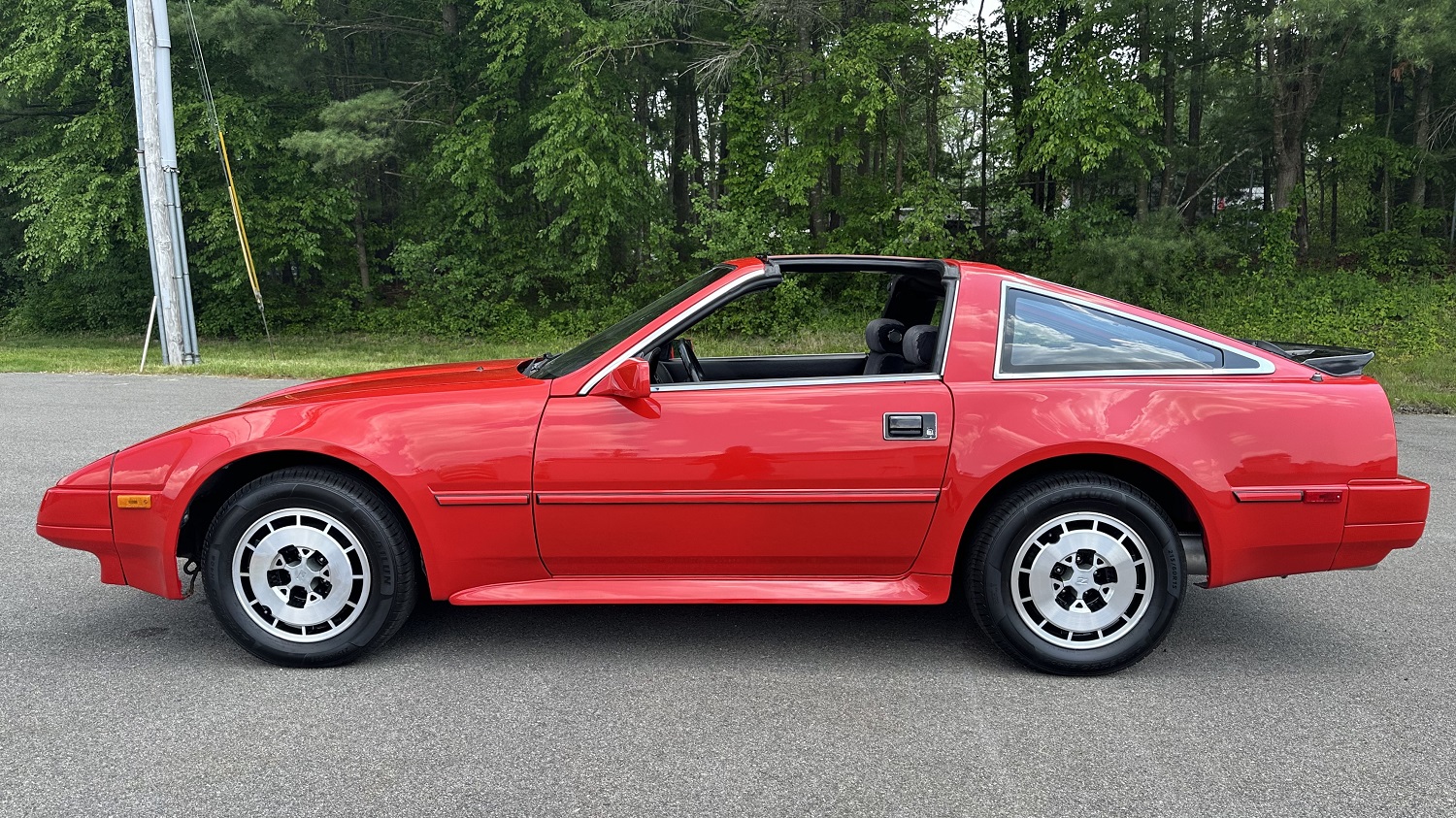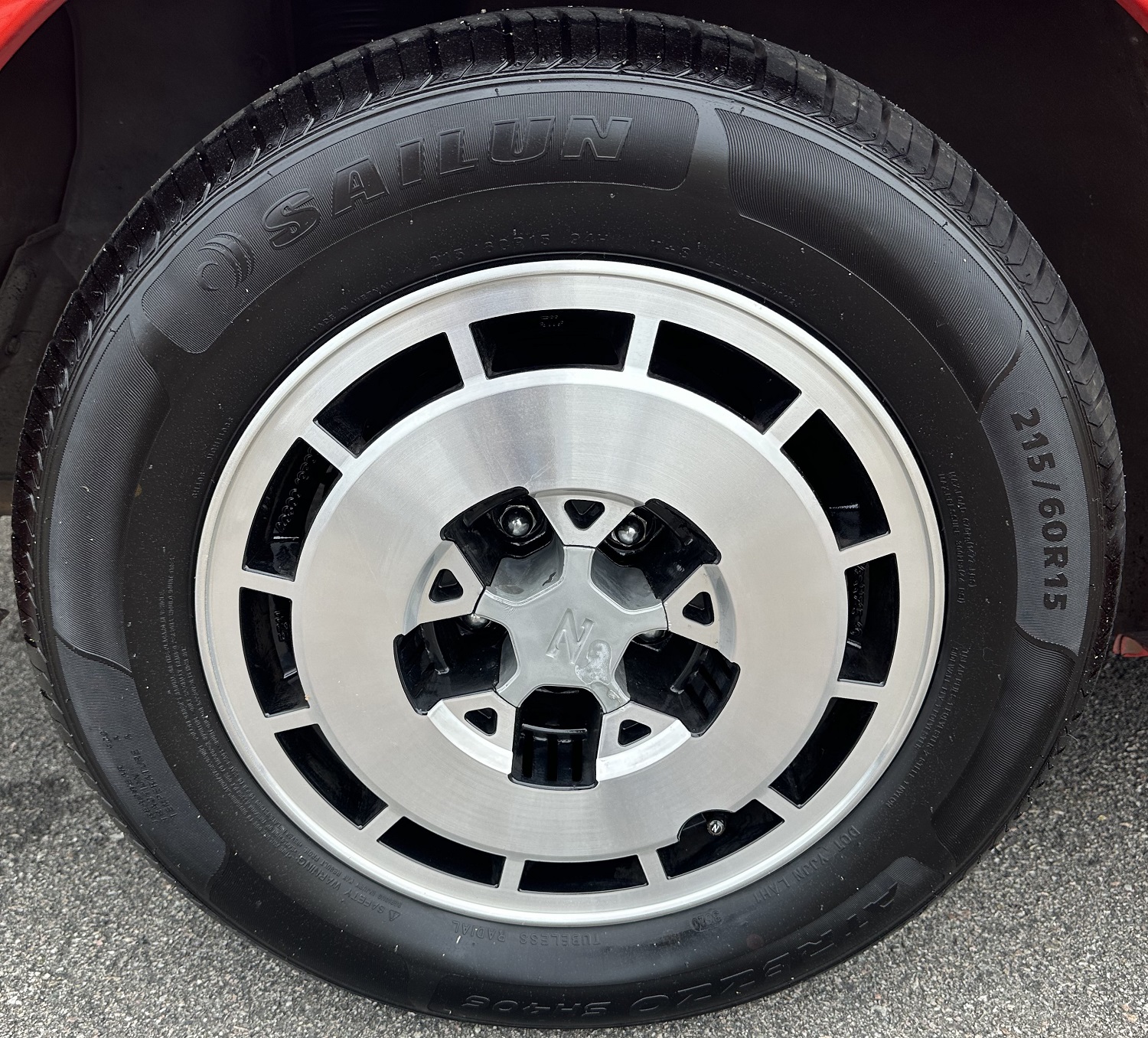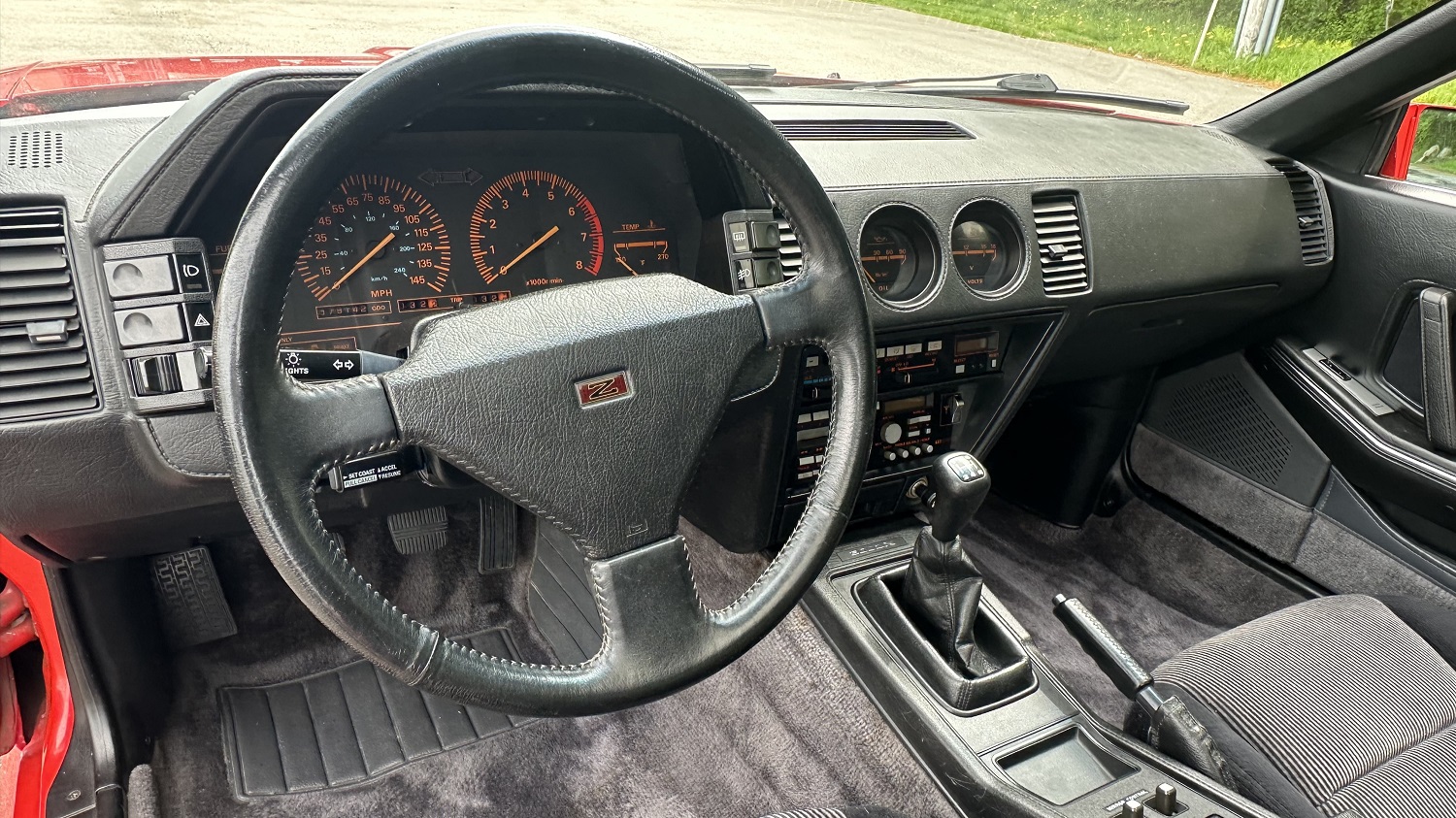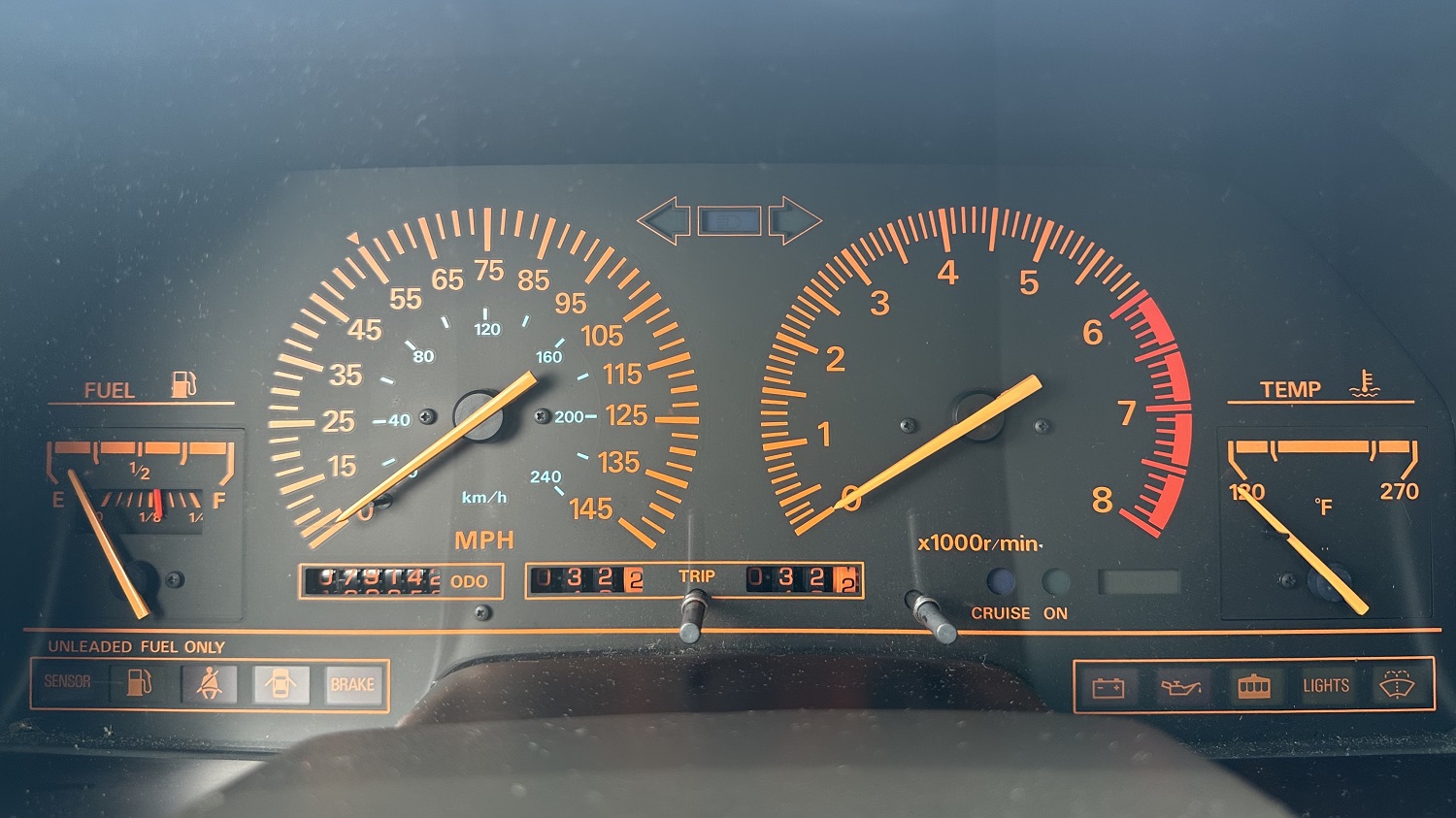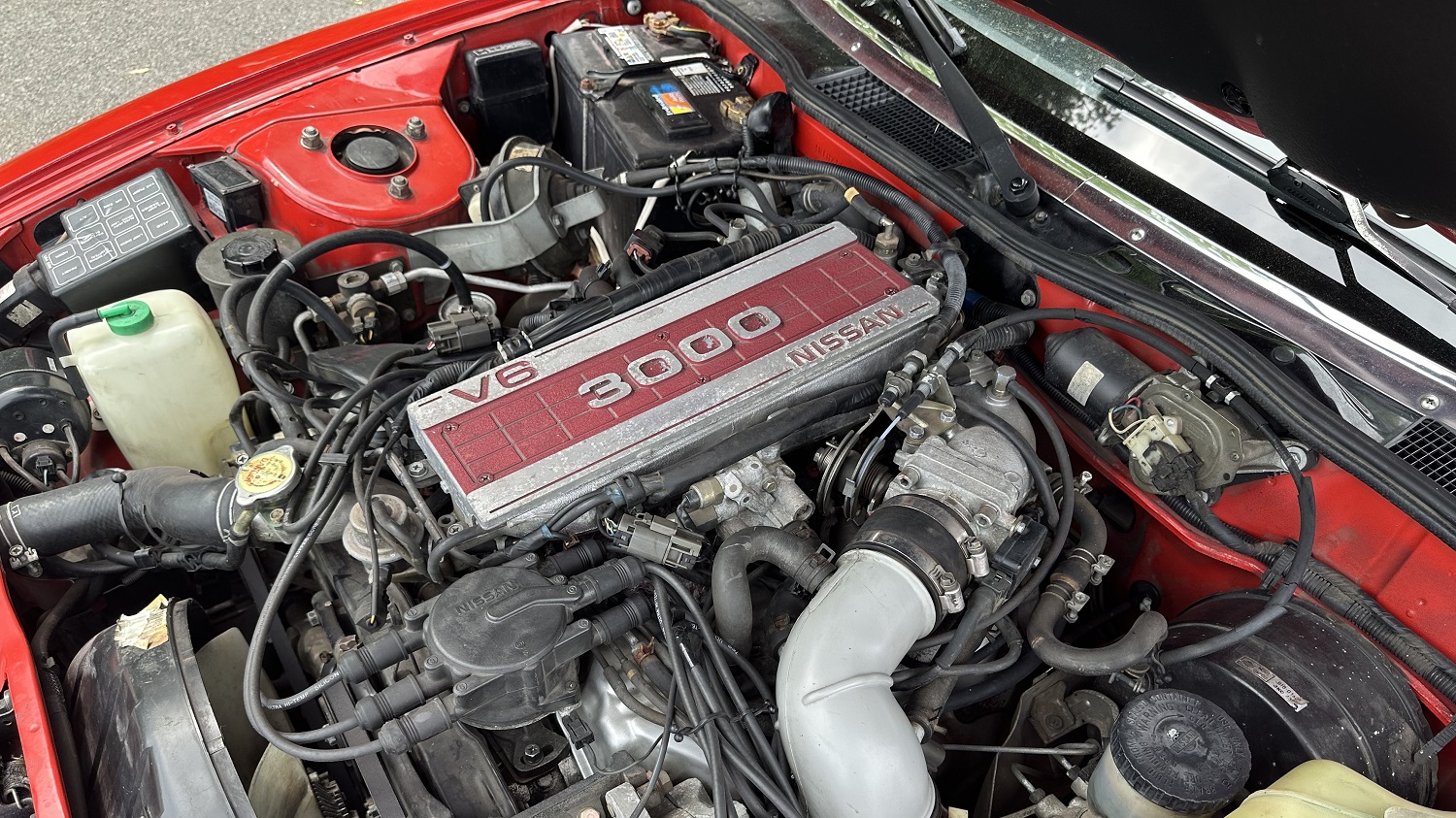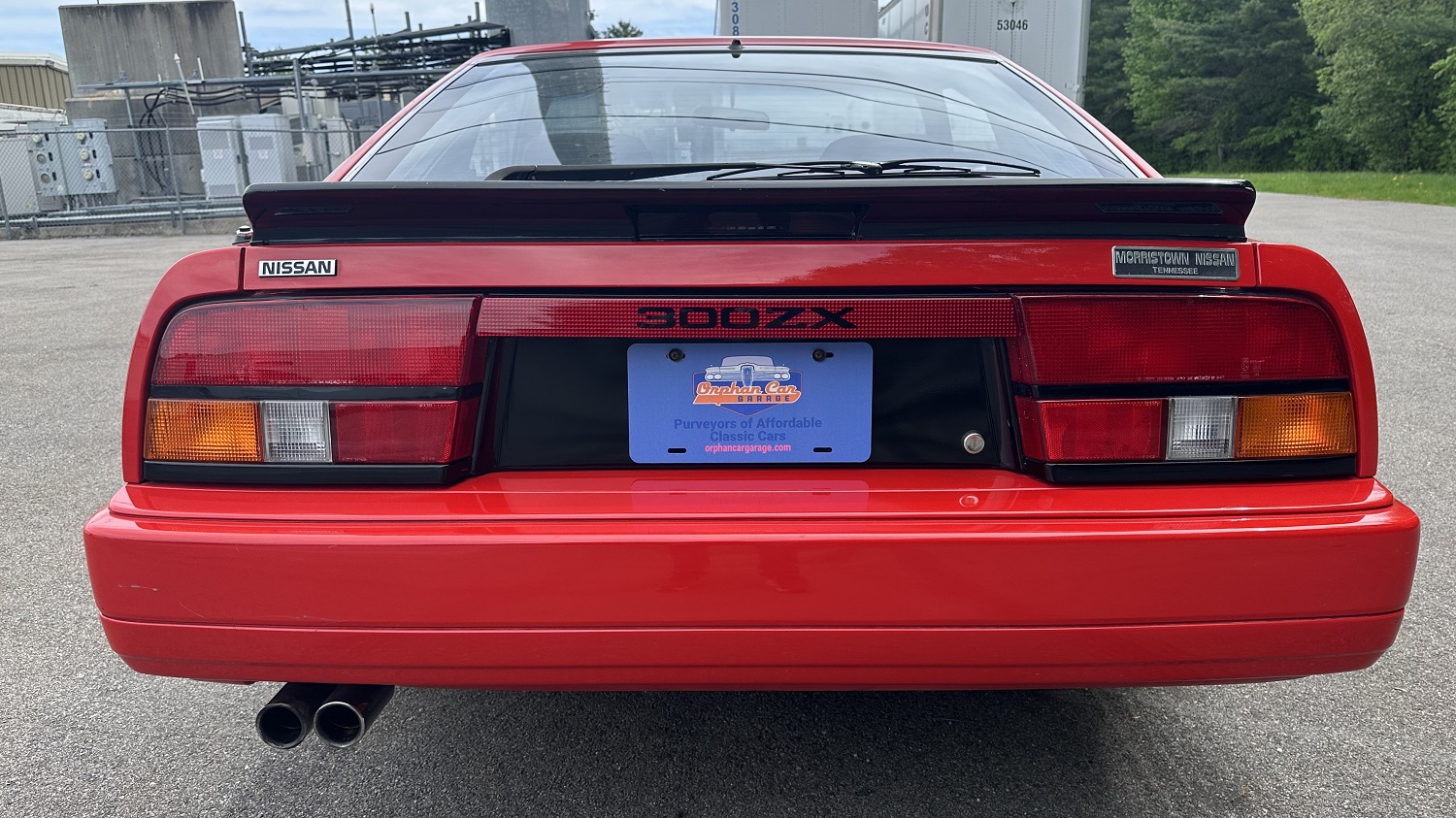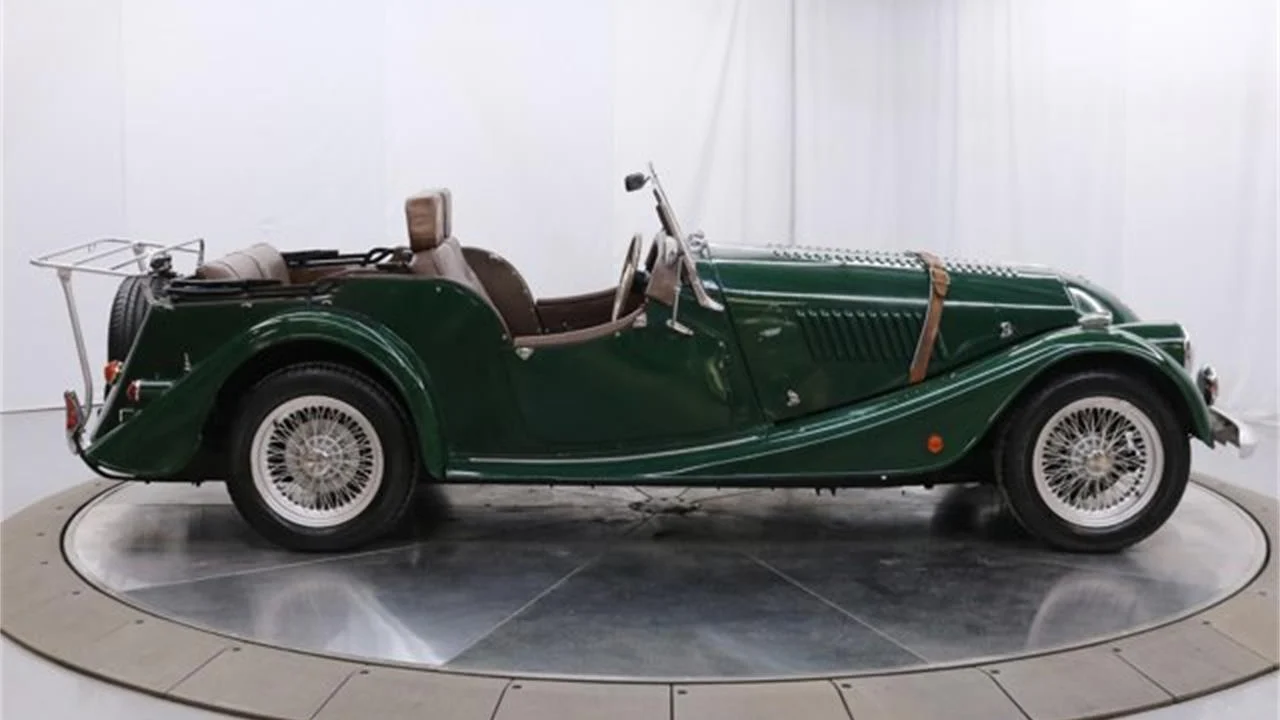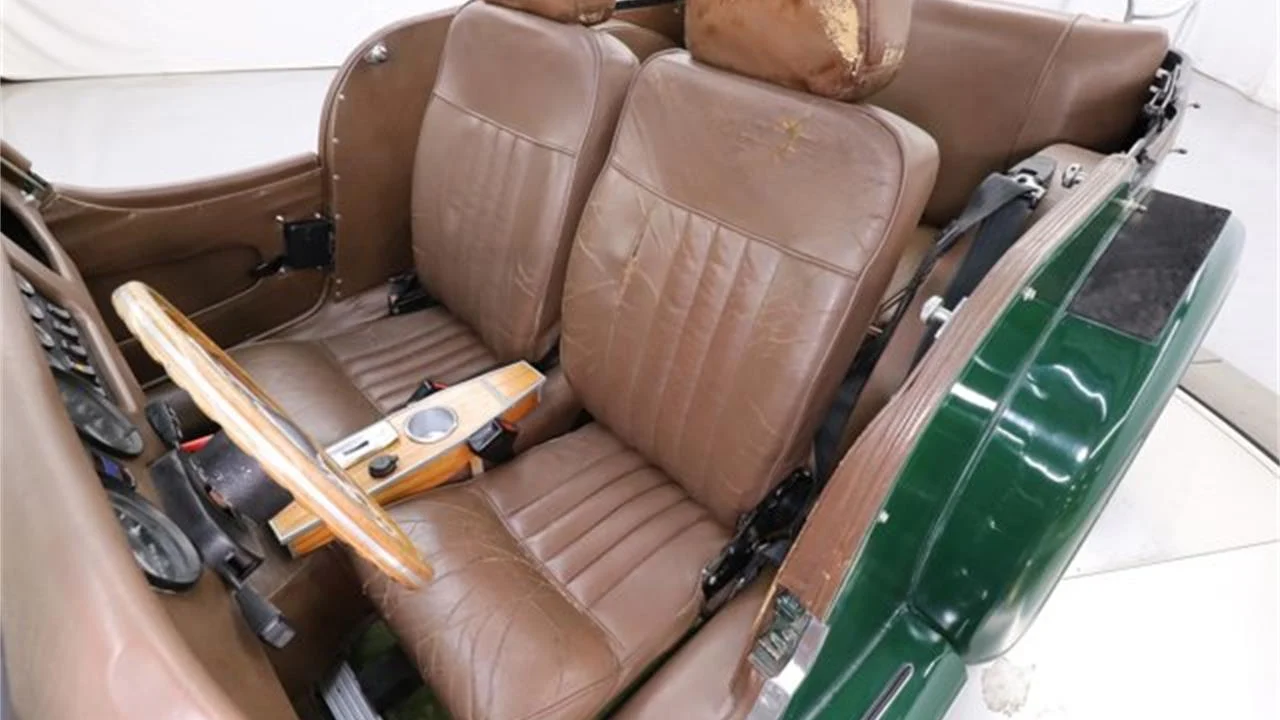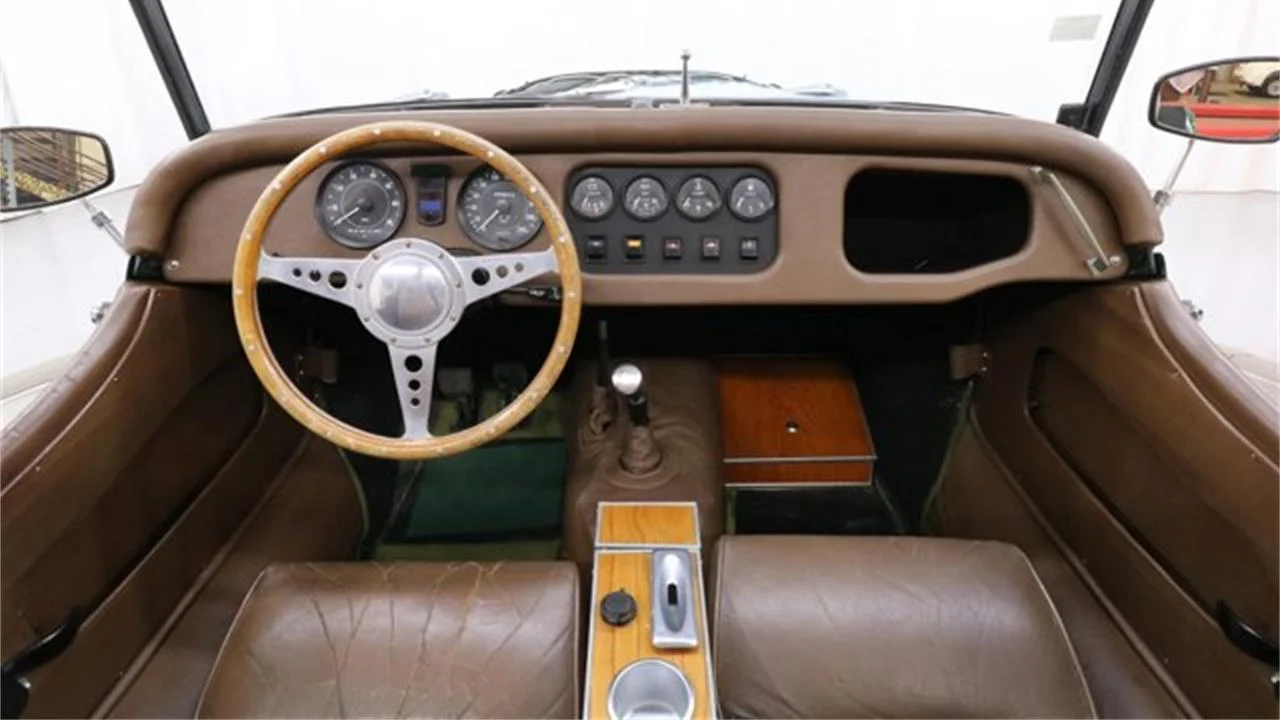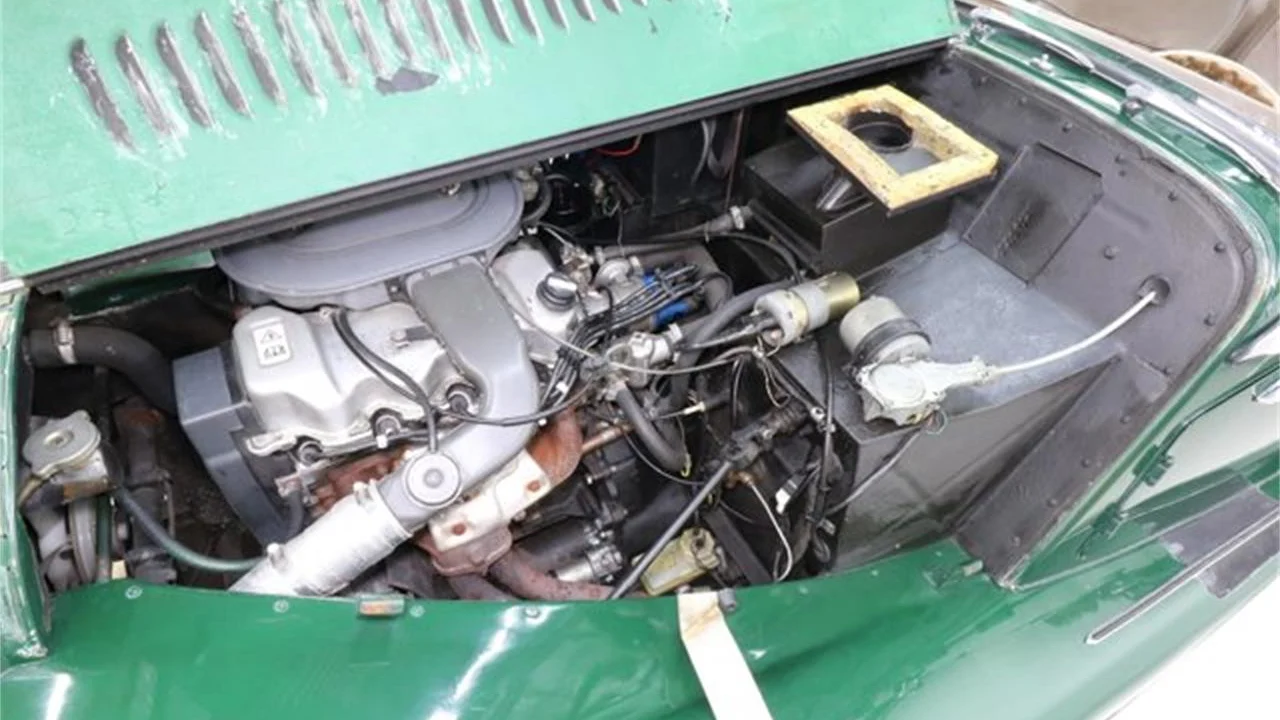The Toyota Camry is a powerhouse—not in terms of brute horsepower, but in terms of sales numbers. It’s a nameplate with high familiarity due to its long-term longevity and success: the first Camry was sold in the United States in 1983 and, chances are, sometime over the last 40-plus years since then, you have known someone who drove one (and maybe you owned one yourself). The model sold 309,876 units in 2024 alone, ranking eighth in top sales for the U.S. across every type of vehicle (not just among sedans).
But, as common as the Camry is, you might not have ever known much about the car that paved the way for it—as far back as 1964 in fact. It was called the Corona, and I found one listed that makes a perfect case study for a short history lesson.
The Pick of the Day is a 1968 Toyota Corona listed for sale on ClassicCars.com by a private seller in Sheridan, Wyoming.

“95,000 miles—last known reading,” the listing says. “Newly painted, original Pluto Beige #1353 color applied.”
There are probably few cars as anonymous on the roads today as a beige Toyota. But this vintage one—which will hit 60 years old before we know it—stands out in a crowd. The Corona first launched as a compact rear-wheel drive car in 1957, marketed under the “Toyopet” name instead of Toyota. Sales fell short, so Toyota went back to the drawing board. A new-and-improved “RT40” series Corona entered the North American market in 1964 and received a much warmer reception. In fact, the Corona went on to be named 1969 Import Car of the Year by Road Test.
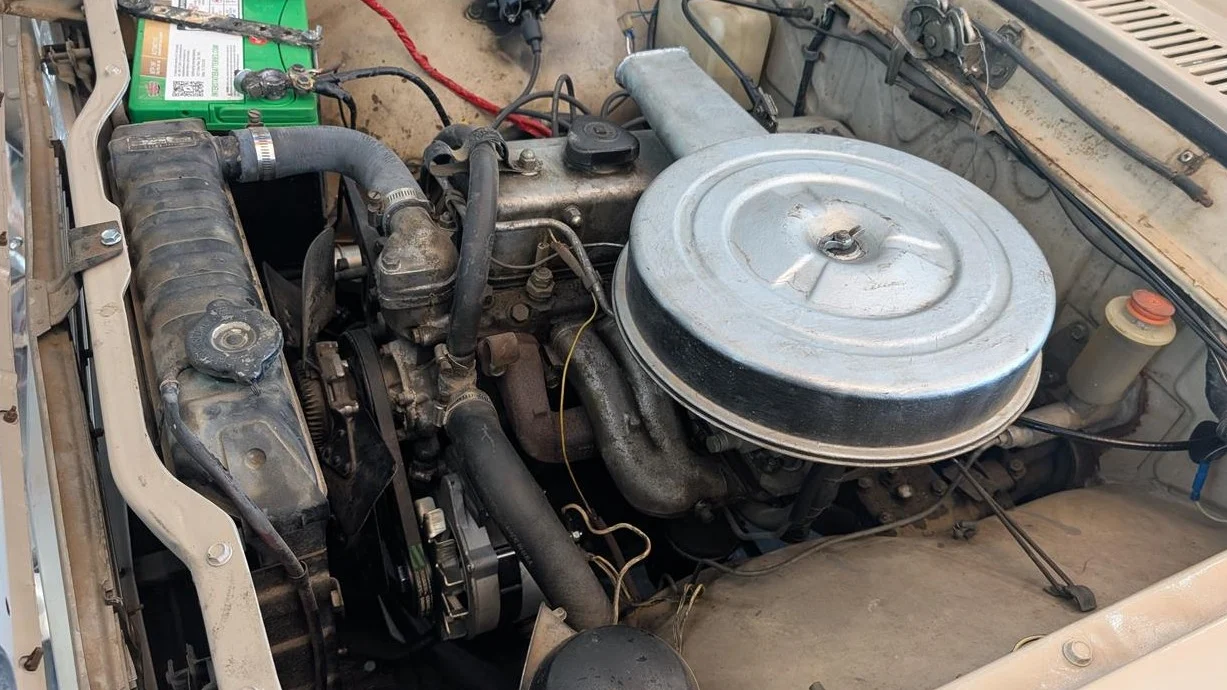
Power for this small sedan comes from a “3R” 1.9-liter inline-four mated to an automatic transmission. The seller itemizes a long list of recent service updates including replacement of the battery, alternator, fuel pump, fuel filter, carburetor, starter, spark plugs, points, fuses, thermostat, coolant hoses, oil pan gasket, air filter, engine oil, and more. The tires and shocks are new, so the chassis received some TLC in addition to the engine.
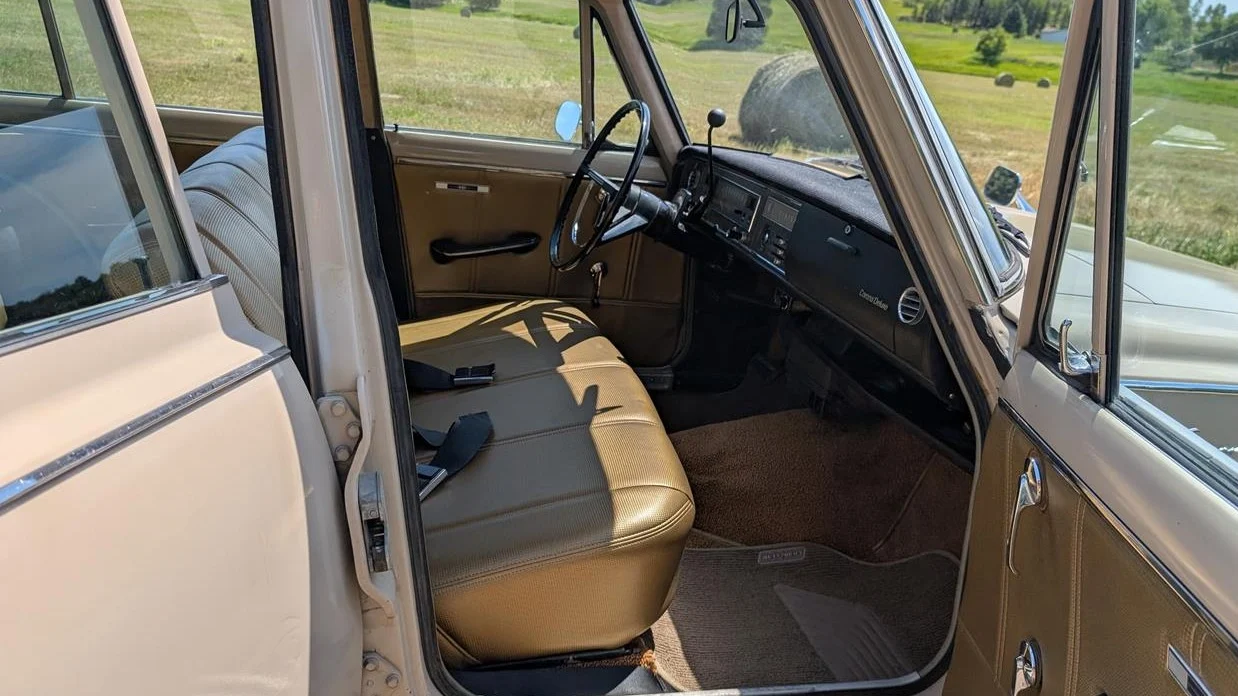
I was going to call the car “cute,” but maybe a better word is “charming.” In a time when the United States was in the midst of the muscle car wars and the Big Three were building big-block screamers, Toyota offered a little 89-horsepower four-cylinder that had 13-inch wheels, fender-mounted side-view mirrors and a “less is more” approach. As it turned out, the Corona was exactly what was needed to put Toyota on the map.
The asking price is $11,000 or best offer, and a repair manual will be included.
Click here to view this Pick of the Day on ClassicCars.com

